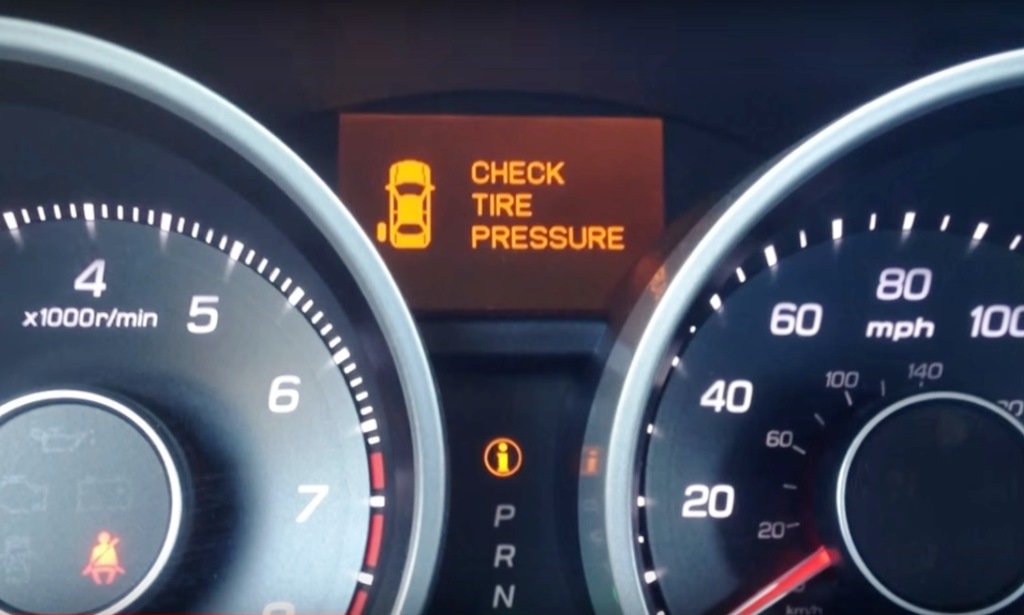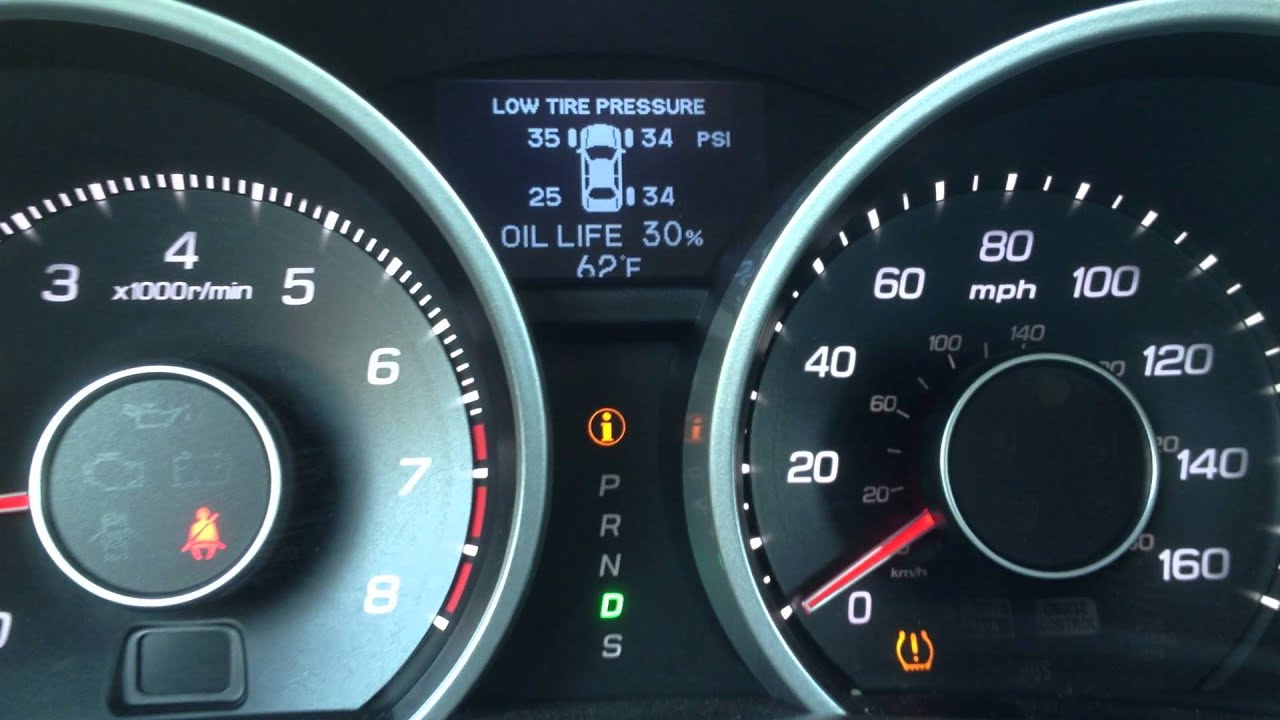Monitoring the tire pressure of your vehicle is important because it increases your road safety. If the tires are too low in air pressure, they will wear out more quickly and could potentially blow out. Luckily, there’s technology to help you with that! A Tire Pressure Monitoring System (TPMS) monitors the pressure of tires and sends a warning message when one or more tires have too low air pressure. Learn more about what TPMSs do and their benefits below!
Contents
What Is a Tire Pressure Monitoring System?
A tire pressure monitoring system is a computerized system that alerts the driver when there is either too much or too little air in one or multiple tires. When this happens, an icon on the dashboard will light up. It will either show an underinflated tire with a “low” sign next to it or an overinflated tire with a “high” sign next to it.
The system uses sensors within each tire, a receiver module in the car, and a warning display for the driver. It also includes alerts for low tire pressure and temperature as well as other helpful features like low fuel level warnings.
There are two different types of TPMS: direct-reading systems and indirect-reading systems.
Direct-reading TPMSs directly measure the air pressure of each tire by using a sensor in the wheel. It triggers a dashboard light when the air pressure drops 25% below the recommended level.
An indirect system works with the wheel speed sensors of the Antilock Braking System (ABS). It can detect when a tire rotates slower than other tires because of low pressure. It also triggers a dashboard light to warn the driver.

5 Things to Know about a Tire Pressure Monitoring System
If you have this system installed in your car, learn these facts to understand its functions better:
- A low-pressure warning light will appear for underinflated tires and a high-pressure warning light will appear for overinflated tires.
- The TPMS will not function if you have a flat tire.
- If your TPMS is malfunctioning or has been disabled, the dashboard will show “TPMS Malfunction” for all four tires until it can be fixed by replacing one of the sensors.
- The system can detect temperature drop too as tire pressure drops in proportion to the lowering of temperature. The TPMS light may stay on if the outside weather drops suddenly.
- The TPMS light will also stay on in case of a slow tire leak. If the indicator light is on despite having adequate tire pressure, check it for a puncture.
Remember that improper tire pressure will also affect how well your tires grip the road, which could result in poor handling or an accident if you’re driving on a wet surface.
SEE MORE
- What Should be the Regular Tire Pressure After Driving?
- The Danger of Driving with Low Tire Pressure
Tire Pressure Monitoring System Pros and Cons
There are many benefits and a few downsides of a tire pressure monitoring system.
Pros of a TPMS
- Tire pressure monitoring systems can prevent low-pressure-related problems such as blowouts.
- They detect if there’s an issue before it becomes dangerous, which reduces the risk of accidents and injuries.
- The sensors monitor how much air you’re using, which helps you maximize fuel efficiency.
Cons of a TPMS
While a TPMS can prevent blowouts and other issues, there are also some disadvantages to having one in your vehicle.
- Tire pressure monitoring systems usually cost more than traditional tire gauges.
- If you have a flat tire and your TPMS is disabled, you’ll need to pull over before it can be fixed.
- It could sometimes give a false alarm because of a malfunction.
Conclusion
Tire pressure monitoring systems (TPMS) are an important safety feature that is now standard on all new cars and light trucks. TPMS monitors the air pressures of the vehicle’s tires to help drivers maintain safe driving conditions. Learning about the facts about it will help you take full advantage of this system.



